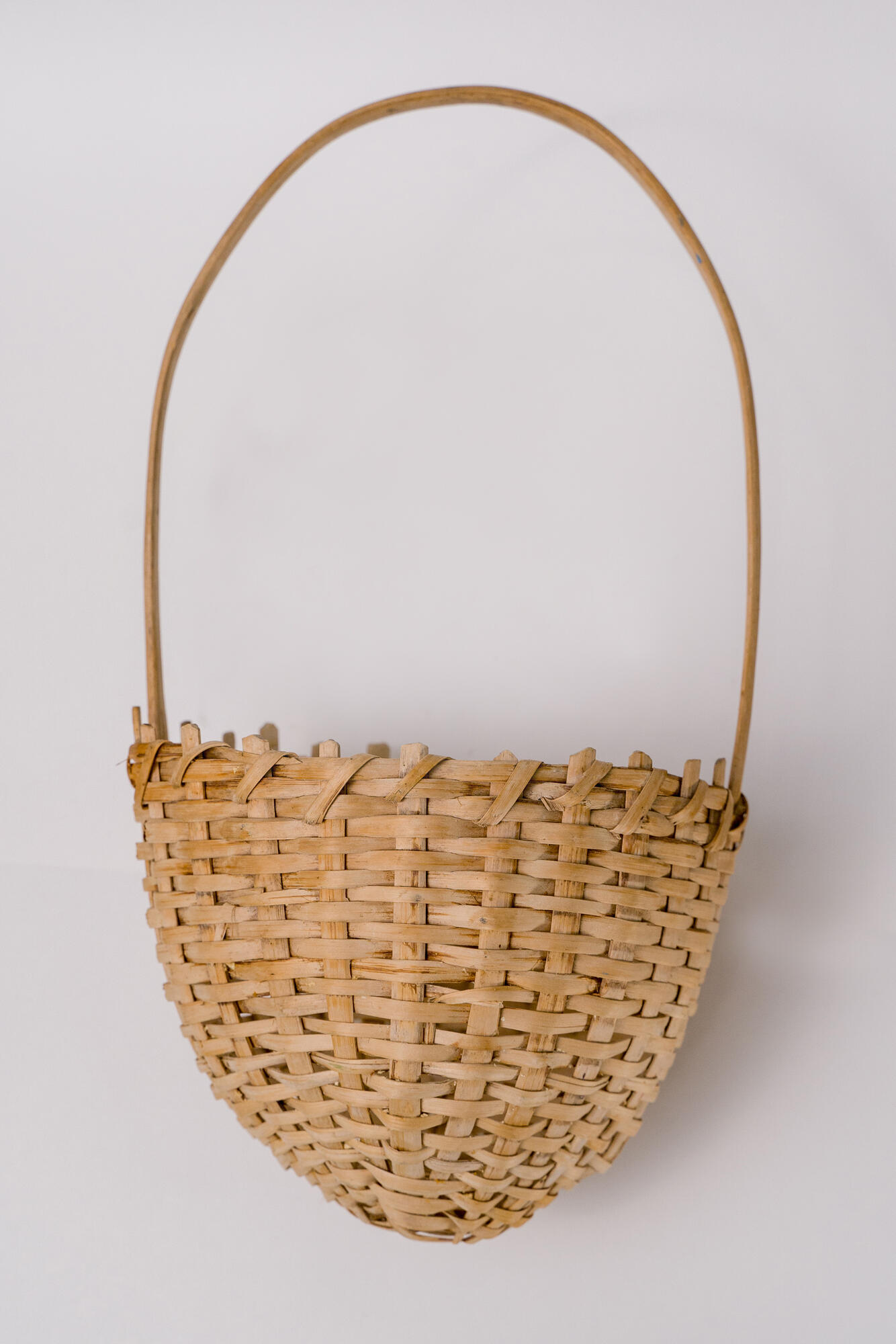Decorative weaving is the oldest applied art that exists to this day. The main weaving material was lakeshore bulrush, straw, hazel and willow twigs. Willow twig baskets were used to make Adyghe cheese. Every Adyghe family had such baskets.
Adyghe cheese has a thousand-year history. It was made on the territory of the Bosporan Kingdom, namely in Syndica territory (current-day Novorossiysk, Anapa and the Taman Peninsula). Here archaeologists found the remains of two-thousand-year-old Adyghe cheese.
Homemade cheese is an important component of the Adyghe people’s daily diet. Traditional cheese is made from whole milk. When the milk gets to a light simmer, whey is slowly added. The milk cannot be brought to a boil or the cheese will turn out too hard. Gradually, the milk is collected into a clot, kept for several minutes on the fire and then about half of the whey is removed. The resulting mass is placed in special willow-woven baskets or plastic molds that leave a beautiful corrugated imprint on the sides of the cheese; and salted.
Freshly made cheese can be consumed as it is for the next few days. Thanks to vacuum packaging, the shelf life of cheese can be increased. It can also be further processed with heat — natural (solar) or artificial (from the hearth or stove). In the old days, every Adyghe house had a special device called onjack. It was essentially a smoker, over which a chimney was installed. A structure made of flexible rods was suspended under it.
Soft Adyghe cheese is used in the preparation of many dishes. For example, sliced fried cheese, guubat (puff pastry with cheese), khalyzhu (chebureks with Adyghe cheese). Smoked cheese is served with mamaliga (paste) and butter (thu) in the middle, with fried flatbread and regular bread.
In September 2009, Adyghean cheese received the status of a product with geographical indication, and now only Adyghean factories have the right to use the name “Adyghean cheese”.

